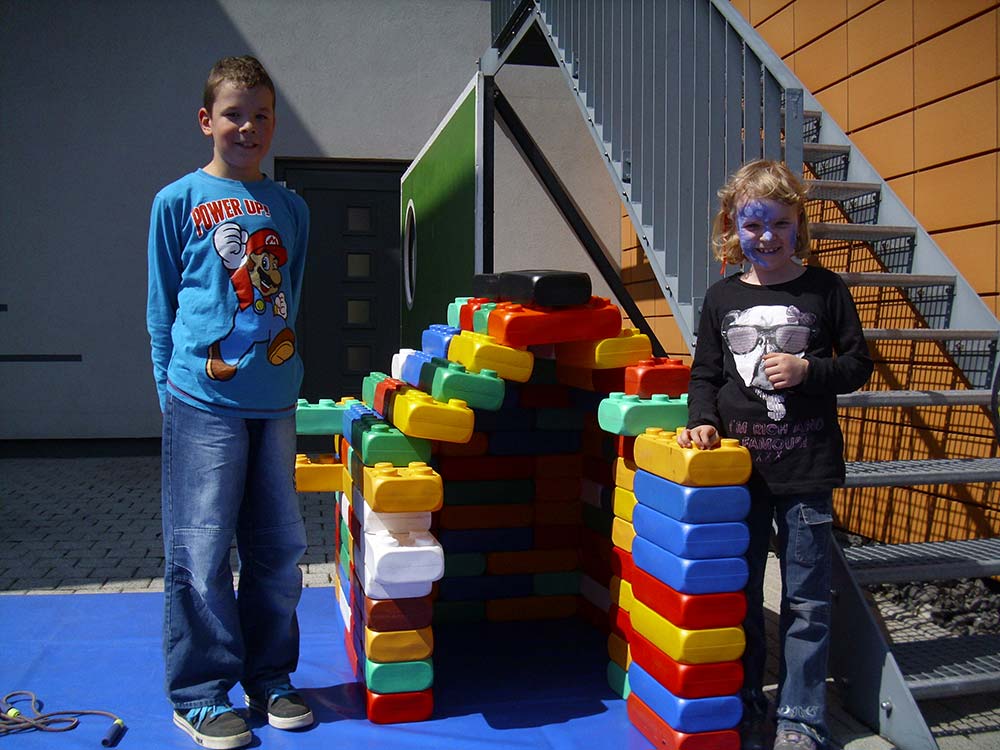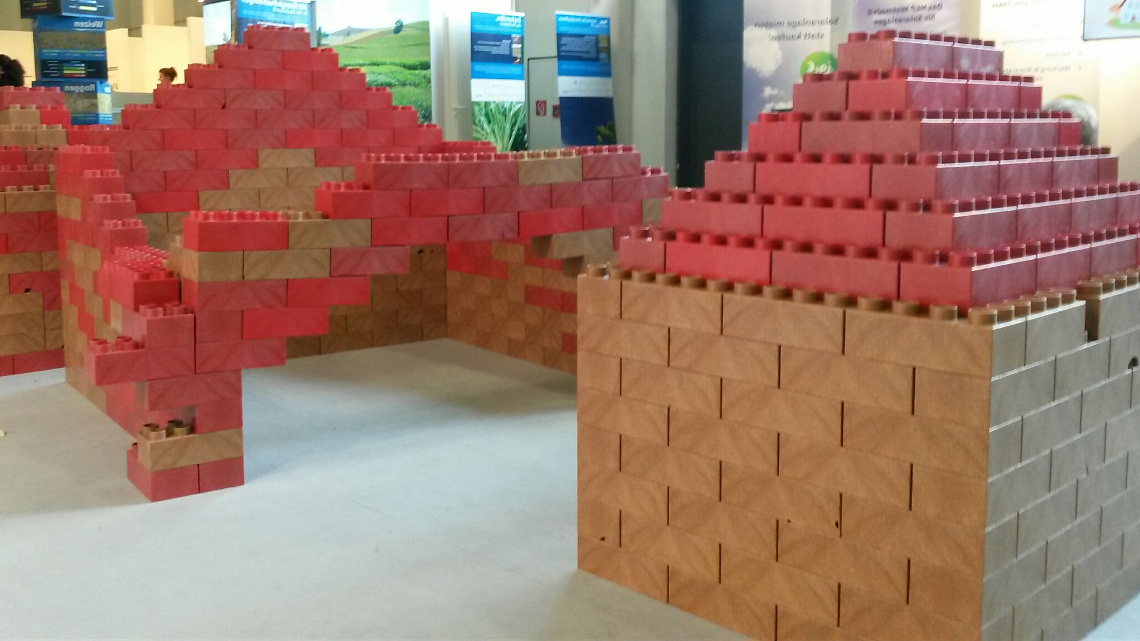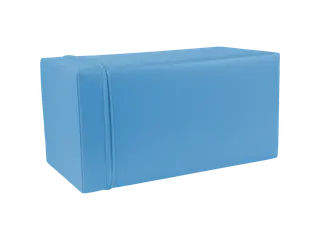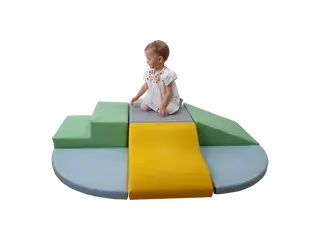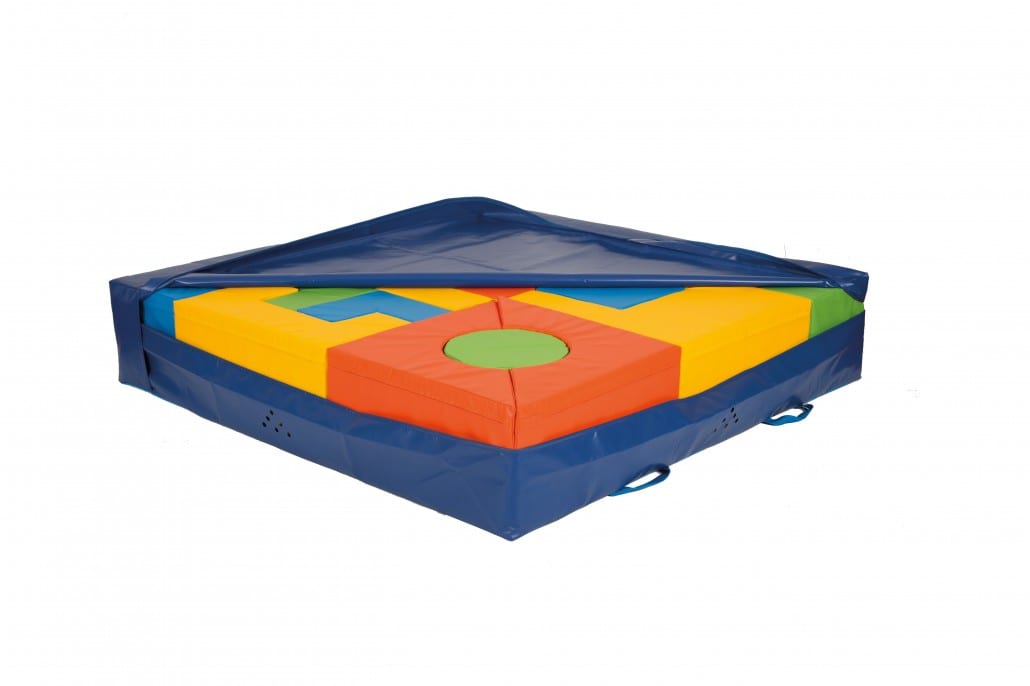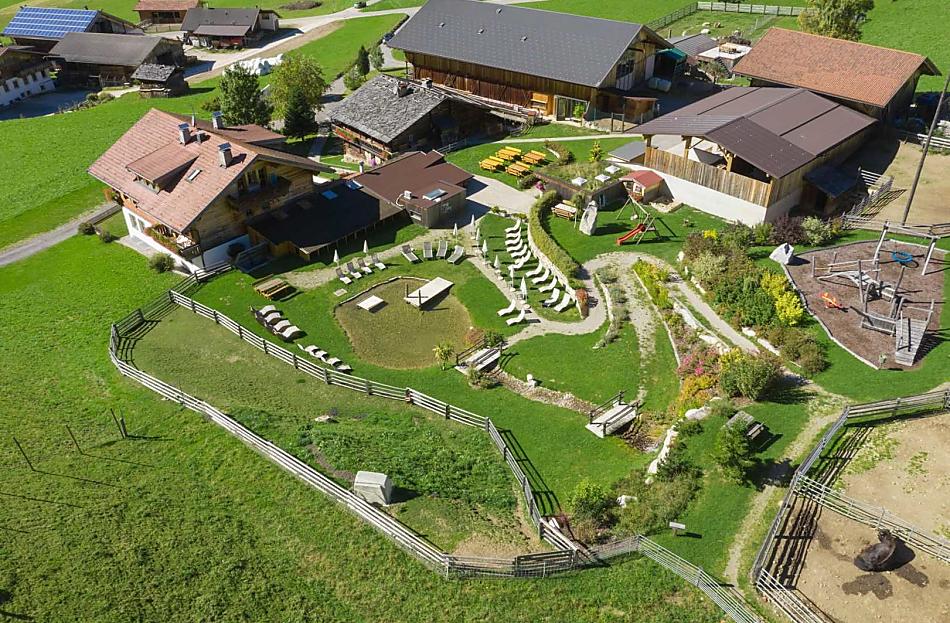
HAUSS SPLOE Spielbausteine Spielbausteine Riesenbausteine Softbausteine Schaumstoffsteine, (Leicht zu reinigen und zu pflegen Breites Einsatzspektrum, 6 St., Treppe und Rutsche für Kinde Beruhigendes Material Attraktive Farben), Spielzeug zum Klettern ...

WISHDOR Spielbausteine Riesenbausteine zum Toben & Klettern, (Im Vorschulalter & Babys Softbausteine, bunt., 6 St., Treppe und Rutsche für Kinder - Spielzeug zum Klettern)

Celya Spielbausteine 6 St Riesenbausteine, Softbausteine, Bauklöte, Schaumstoffbausteine, zum Toben & Klettern Großbausteine für Kinder

COSTWAY 7-teiliges Softbausteine, weiche Riesenbausteine zum Klettern, Schaumstoffbausteine Großbausteine für Kinder

Gigi Bloks 200 Teile XXL Bausteine Aus Pappe Set, Große Bausteine Für Kinder Mit Verriegelungssystem, Spaß Riesenbausteine Für Kinder, Robust Kartonbausteine Und Einfach Zu Montieren Bausteine Groß: Amazon.de: Toys

Celya Spielbausteine 6 TLG Riesenbausteine Großbausteine Kinder Treppe, im Vorschulalter & Babys Softbausteine, bunt.

VOLLEY Großbaukasten - XXL Bausteine, Softbausteine, Schaumstoffbausteine: Amazon.de: Sports & Outdoors

Merax Spielbausteine aus Schaumstoff, Softbausteine zum Toben und Klettern, (9 St), Schaumstoffsteine, Riesenbausteine
ESDA Riesenbausteine 125 Steine 4 Platten in 63839 Kleinwallstadt für 190,00 € zum Verkauf | Shpock DE

Merax Spielbausteine aus Schaumstoff, Softbausteine zum Rutschen und Klettern, (6 St), Schaumstoffsteine für Kinder, Großbausteine Riesenbausteine

Celya Spielbausteine 6 St Riesenbausteine, Softbausteine, Bauklöte, Schaumstoffbausteine, zum Toben & Klettern Großbausteine für Kinder

extra große Bausteine 18 x 9 x 4,5 cm Riesenbauklötze | Große Holzbausteine 9 x 4,5 cm | Holzbauklötze einzeln eckig | Holzbausteine einzeln | Holzbausteine | tischlerschuppen.de Bauklötze

